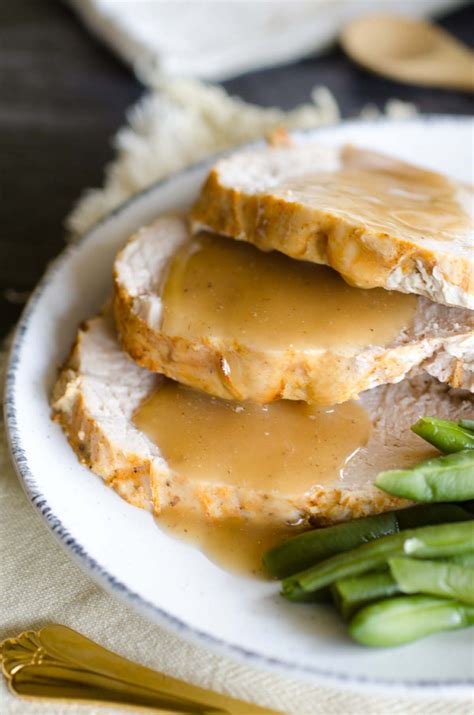Turkey Gravy: The Ultimate Guide to a Rich and Flavorful Thanksgiving Side
Thanksgiving wouldn't be complete without a generous helping of creamy, flavorful turkey gravy. This classic side dish elevates the entire meal, transforming simple mashed potatoes and roast turkey into a truly celebratory feast. This comprehensive guide will walk you through creating the perfect turkey gravy, from utilizing those delicious turkey drippings to achieving the ideal consistency.
Understanding the Foundation: Turkey Drippings
The secret to exceptional turkey gravy lies in the drippings left in the roasting pan after cooking your turkey. These drippings contain invaluable rendered fat and flavorful juices that form the base of your gravy. Don't discard them!
Harvesting the Drippings:
- Careful Removal: Once the turkey is removed from the oven, let it rest for at least 20 minutes before removing the drippings. This allows the juices to settle, resulting in a richer, more flavorful gravy.
- Skimming the Fat: Carefully pour the drippings into a heatproof measuring cup or bowl. Allow the fat to separate from the liquid. Skim off excess fat, reserving about ¼ cup for flavor and richness. Remember, a little fat goes a long way!
- Straining for Purity: For a smoother gravy, strain the drippings through a fine-mesh sieve or cheesecloth to remove any unwanted bits of turkey or vegetables.
Building the Best Turkey Gravy: A Step-by-Step Guide
This recipe provides a versatile foundation; feel free to adjust seasoning to your preferences.
Ingredients:
- ¼ cup turkey fat (reserved from drippings)
- ¼ cup all-purpose flour
- 4 cups turkey stock or broth (or a combination)
- Salt and freshly ground black pepper to taste
- Optional: 1 tablespoon of dry sherry or white wine for extra depth of flavor
- Optional: 1 teaspoon poultry seasoning for a classic Thanksgiving touch
- Optional: Fresh herbs such as thyme or sage for enhanced aromatic complexity
Instructions:
- Making the Roux: In a large saucepan over medium heat, melt the reserved turkey fat. Whisk in the flour and cook, stirring constantly, for 1-2 minutes, or until the mixture is smooth and bubbly. This creates a roux, the thickening agent for your gravy. Don't rush this step! A properly cooked roux is essential for a smooth, lump-free gravy.
- Gradually Adding Liquid: Gradually whisk in the turkey stock or broth, ensuring no lumps form. Continue whisking until the gravy is smooth and thickened to your desired consistency.
- Seasoning and Flavor Enhancement: Season generously with salt and pepper. Stir in optional sherry or wine for added depth, and poultry seasoning or fresh herbs for an aromatic boost.
- Simmering to Perfection: Reduce heat to low and simmer for 5-10 minutes, stirring occasionally, to allow the flavors to meld. Taste and adjust seasoning as needed.
- Serving Suggestion: Serve your homemade turkey gravy hot alongside your Thanksgiving feast. It's the perfect complement to roasted turkey, mashed potatoes, stuffing, and other seasonal favorites.
Tips and Tricks for Turkey Gravy Success
- Don't Overcrowd the Pan: When making the roux, ensure the pan isn't overcrowded. This prevents uneven cooking and lump formation.
- Use a Whisk: A whisk is crucial for creating a smooth, lump-free gravy.
- Adjust Consistency: If your gravy is too thick, add a little more stock or broth. If it's too thin, simmer it uncovered for a few more minutes to reduce the liquid.
- Make Ahead: You can make the gravy ahead of time and reheat it gently before serving.
This guide ensures your Thanksgiving feast features a gravy that's worthy of all the praise. Happy cooking!
